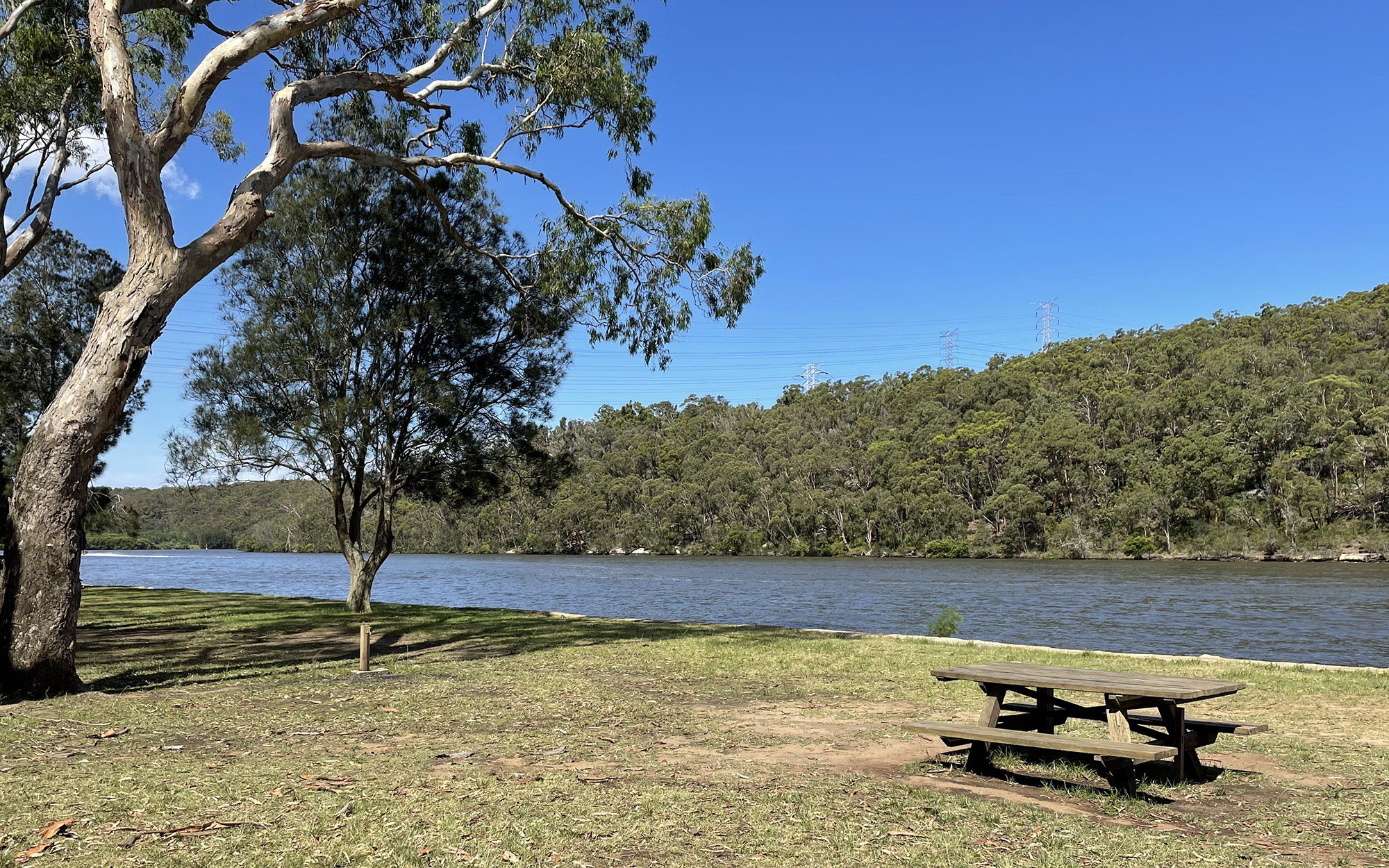About the Georges River catchment
The Georges River catchment is in Sydney and has a catchment area of 1,890 square kilometres. It includes the Heathcote and Dharawal national parks, but not the Royal National Park.
Rivers and tributaries
The Parramatta and Georges rivers are the major rivers in the catchment.
Water storages
The 2 largest water storages are Woronora Dam and Prospect Reservoir. They are operated by WaterNSW to capture and control water flows for Sydney Water to supply homes and businesses in Greater Sydney with a reliable reticulated water supply.
Towns
The major centres in the catchment are Parramatta, Campbelltown, Liverpool, Sydney, and Camden.
Water users
The major water users in the catchment are Sydney Water, local councils, tourism and heavy industries.
The catchment includes several national parks, including Garigal, Lane Cove, Dharawal, Heathcote, and Georges River, as well as a range of wetlands and other nature reserves. As the catchment is largely urbanised, water management is only one of a range of factors which affect these areas.
While the natural flow of rivers and streams in the Sydney Central-Georges River catchment has been altered by water storages such as dams and weirs, the basin is considered an unregulated system.
This is because there are no water storages owned and operated by WaterNSW or the Department to provide water to licensed water users, such as farmers.
Alteration of the natural river flow and intensive urban and industrial development are key water management challenges. Specific issues include:
- Water quality – pollution, and algae and weed growth
- Riverbank management – urban and industrial development
- Environmental water – sufficient flows and freshes to maintain river health
- Increasing demand for water – urban population and industry growth
